Nanotechnology and Graphene Oxide in Pfizer vaccine
December 22, 2021Just a few hours ago, La Quinta Columna shared a 25-minute video on the contents of Pfizer's vaccine as seen under optical microscopy. The optical analysis has a special focus on the nanotechnology discovered thanks to analyses carried out by Dr. Pablo Campra.
Below, Orwell City brings the video together with the comments made by the Spanish research team. The images are mindblowing.
Ricardo Delgado: We're going to see the content, what's inside the Pfizer vaccine, and we're going to comment on it.
Well, you're looking at the edge of the droplet. Everything in the lighter area is what's inside the droplet. That's the smallest magnification. I'm going to put it on full screen.
Typical, see? That formation is typical. Remember the characteristic shape that graphene has. It forms these folds. And, overall, it folds in on itself at the edges. It usually folds in on itself. We're not only going to see graphene but also, as I say, some kind of very artificial structures.
This is also quite reminiscent of these kinds of structures that are pulled upstream, let's say, by certain particles that showed up a lot in the images of another Pfizer vaccine that Dr. Campra analyzed.
Now, here we see this at about 100 magnification. No more than that. 100 to 200 magnification. Notice that formation down here. That shape is very characteristic as well. As if they were in L. Well, from now on, you start to see more images...
That shape is very characteristic of the trendy material, too. Another quadrangular structure also appears here. There. I'm going to put it on full screen. It's a filament that is dragged by a "little dot." Here we see another one in the shape of a key. This here is... I'll make a pause here.
This is the famous "nano-octopus" that also appeared in the Pfizer vaccine vial that Dr. Campra analyzed. It also appeared in Dr. Carrie Madej's video. And it was what was also found by the Polish scientist whose name I can't remember right now. Well, let's continue. Here we see it in a dark field. But look at its termination. It looks like an insect. It looks like an insect because of its leg-like shape.
Notice how that structure below is going upwards. I'm going to make a short pause. One thing I want to comment on is that, as the sample evolved, it was all... In fact, the samples are preserved, and I'm looking forward to looking at them again because it's like there's an evolution. It's as if whatever it is that we see is really self-assembling and assembling, as I say, more and more complex structures.
Dr. Sevillano: Yes, very interesting.
Ricardo Delgado: There were various reliefs. That is, different levels within that hydrogel which is the one that is also being investigated. Therefore, when I played with the orientation, I could see what was at the bottom, which used to be graphene. And more for the surface, you could see this kind of structure floating. Look at this one. That kind of formation, according to what's in the scientific literature, corresponds to nano-antennas. That's to say, that little stick upwards would be, well, transmitting and receiving antenna. Probably, it is the inductor of the famous MAC address signals that appear with Bluetooth wireless technology.
Dr. Sevillano: That one is clear, Ricardo.
Ricardo Delgado: Yes, very, very, very clear. Notice it looks like it has a rivet on it.
Dr. Sevillano: Yes.
Ricardo Delgado: It's like a mini screw. This is nanotechnology for sure. Well, I've left the video recording with some exposure because I was waiting for the structure to flip over. This is because, from the other side, it looked like it was emitting some kind of fluorescence. Some kind of luminescence. I also plan to try and expose this sample to cell phone radiation, for example. And to heat, as well. Everything you guys are suggesting in the chat. This, obviously, is of artificial origin. And the fact that this is in the vaccine is crazy. It's crazy. See, there it seems to flip. I also want to subject them to ultraviolet radiation. This image is quite neat. Look at that one too. How neat it is! You can even see what is dragging it. Look at that one. Look, that one looks like it was doped with something. And it carries another similar thing to it too. Look at that.
That has a book-like appearance. It looks exactly like a book. And notice that it has a relief on the straight edges, entirely rectilinear. Or this one, for example. There're no biological structures of this type that correspond to such a quadrangular origin, as far as I know.
Dr. Sevillano: Crystals don't have this shape, so... They're not like these structures with right angles and angular angles. But the one we see is associated with others. Crystals aren't presented like that.
Ricardo Delgado: Exactly. Look at that.
Dr. Sevillano: The same. There you have it. Also, it's not a repeating pattern like crystals are.
Ricardo Delgado: Right.
Dr. Sevillano: There are angles, but they occur in isolated, disconnected structures. What we see is strange.
Ricardo Delgado: Notice that here, on the left, it looks like meandering.
Dr. Sevillano: Yes, that's right. And there's a base on which these small spheres sit.
Ricardo Delgado: Yes.
Dr. Sevillano: In fact, if you look in-depth under the microscope, many times, there are other structures underneath that aren't visible because they're below others. But you can guess they're there because of the reliefs you see.
This we saw can be called "microparticles." We haven't seen nanoparticles. These are microparticles because they're visible under the microscope.
Ricardo Delgado: That's right.
Dr. Sevillano: They're microparticles. They're probably composed of...
Ricardo Delgado: Microparticles.
Dr. Sevillano: Exactly. Another thing is that they're composed of or carry some kind of nanotechnology. But in reality, the scale is microscopic, not nanoscopic.
Ricardo Delgado: The truth is that we're not indifferent to these kinds of images. Yesterday, when I was using the microscope, I was looking forward to today to show you them because the population has to know about this. Nothing of this should be seen under the microscope. In those scientific papers that the drug regulatory agency, the EMA, or the FDA talk about, it's very easy to say, "That's contamination." But it's contamination with shapes that you see in articles collected from the scientific literature. It seems to me that it's graphene-shaped contamination. That's what you want to say. Graphene contamination, right?
Dr. Sevillano: How many times have they missed the opportunity to make fools of us with this story? Well, invite us somewhere where we can do this in public. How many times have they missed it? Either they have missed it or don't want to. They don't want to see under a microscope. They don't care. They're just fooling around, they're making fun of us, others are insulting us. Very well, but let them look at the microscope, please. Look, instead of laughing at us as if we were clowns. Like the photo that I sent you a while ago. Yes, yes. And you can laugh as much as you want. But put a microscope in front of your eyes and look for yourself. And then you go and laugh. While others look down on you. "This isn't science because the papers didn't publish it." And what about it not being published in the papers? Would you publish any of the enemy's work? Well, they're certainly not going to publish any.
Ricardo Delgado: Obviously not.
Dr. Sevillano: It's crystal clear that the background of all this is very serious. I'll insist whenever I can. As I cannot talk about medicine, I insist on the background of all this. Science has been hijacked. By the way, that headline was given by Miguel Bosé. I think he said it in La Razón or ABC. I don't know where I have seen him. And he's absolutely right. Miguel Bosé isn't my cup of tea, but he's absolutely right. Absolutely right. You can't take away the truth of that phrase. These people have hijacked science.
If you like my articles and the videos you find here and, if you can and feel like it, you can make a small donation. Your support is always more than appreciated.
Follow Orwell City on Telegram. Thank you for reading!
—Orwellito.



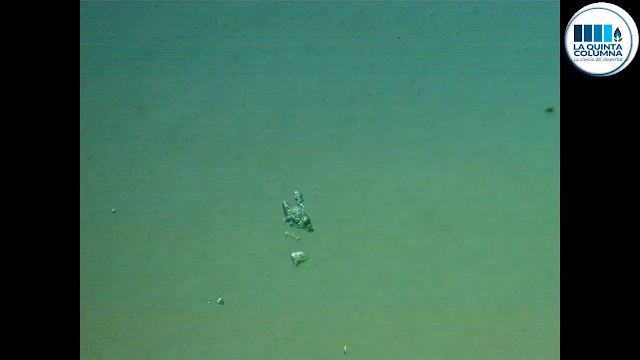
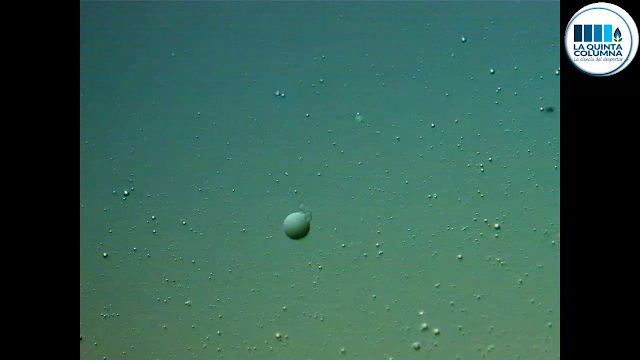
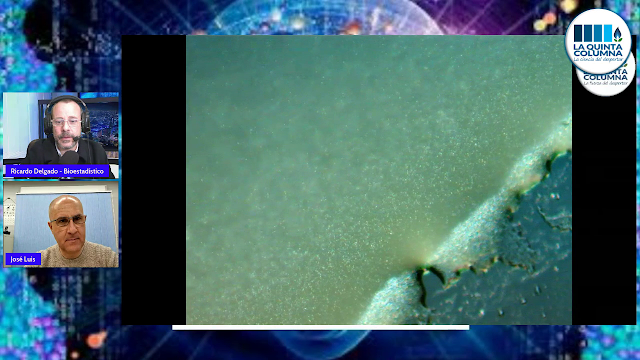
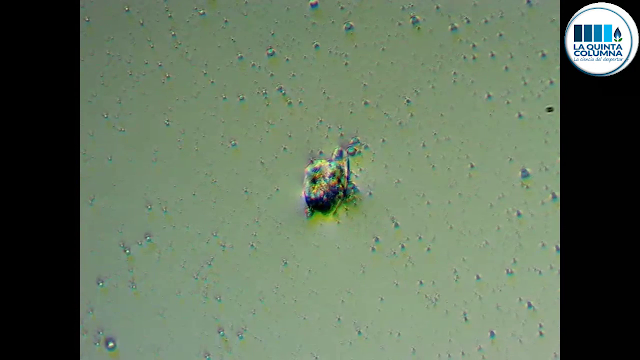
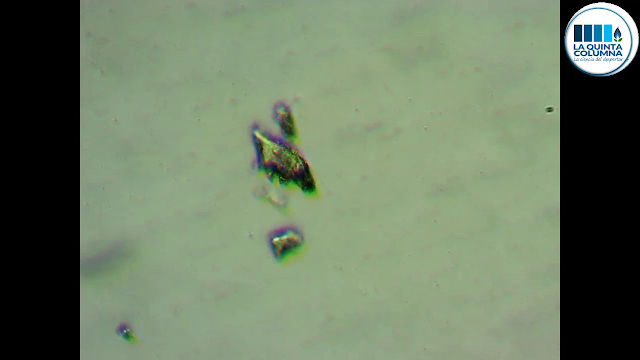
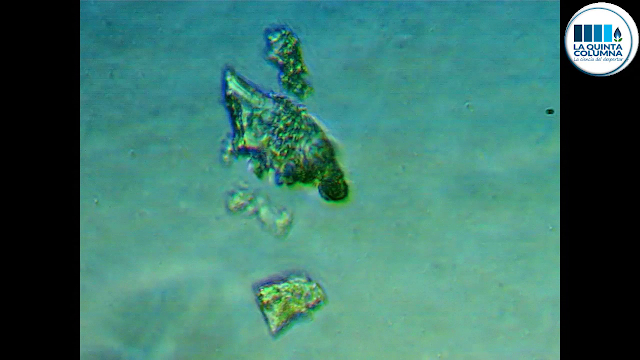




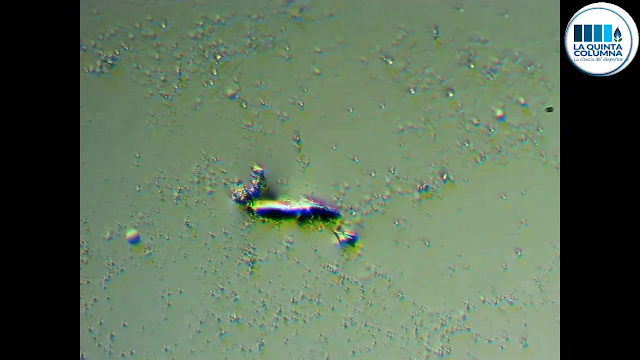

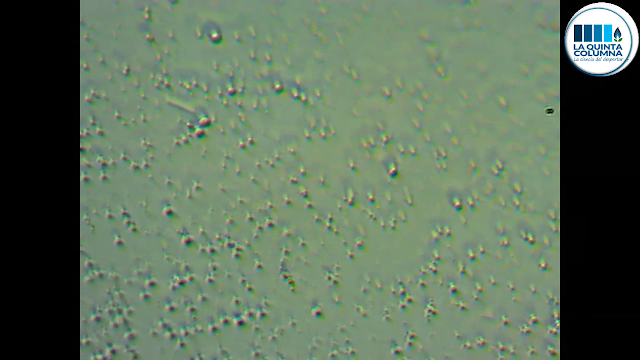



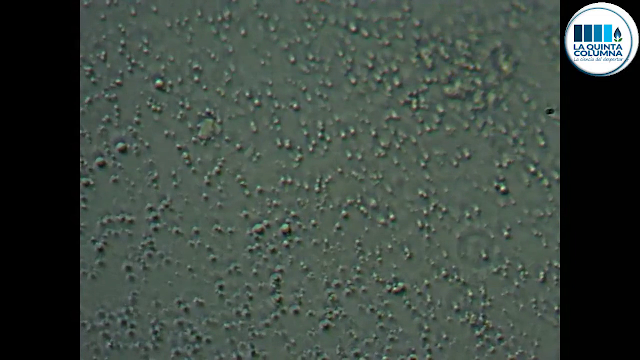




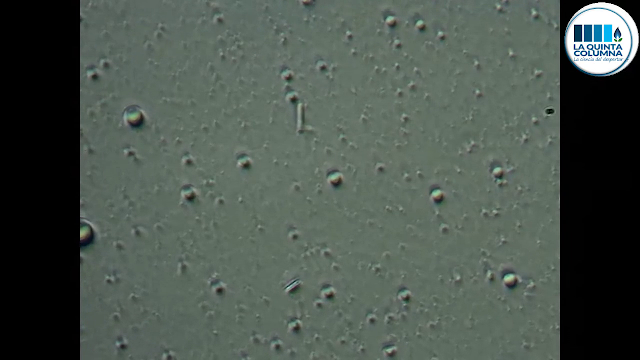

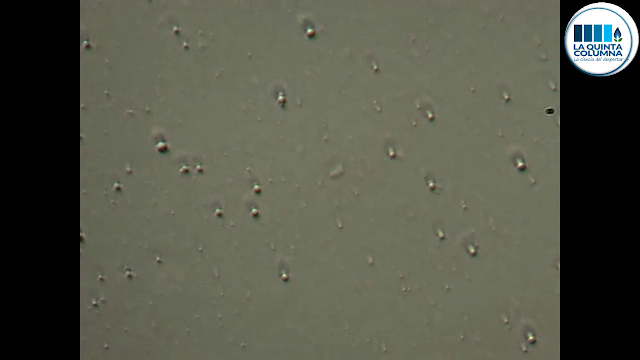
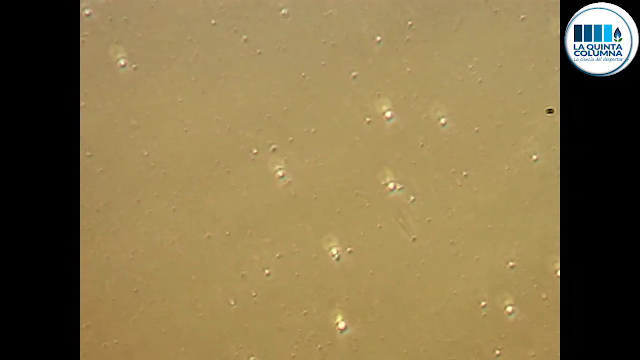
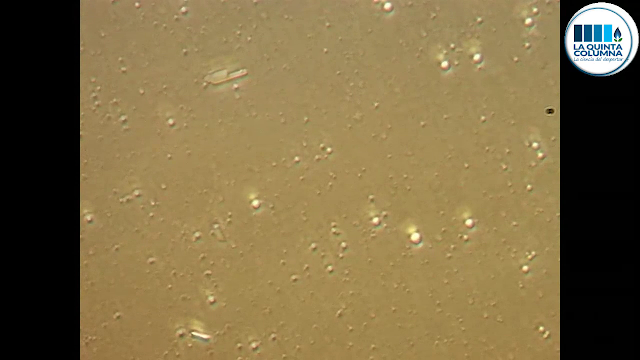
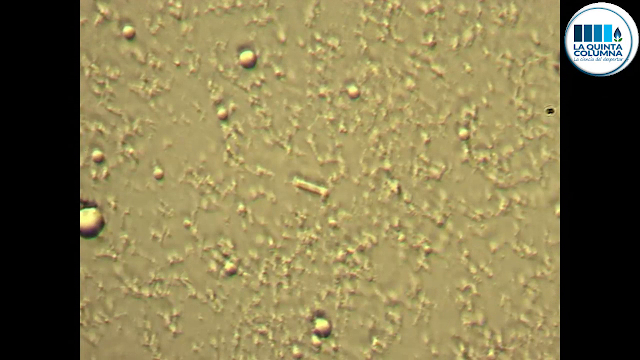
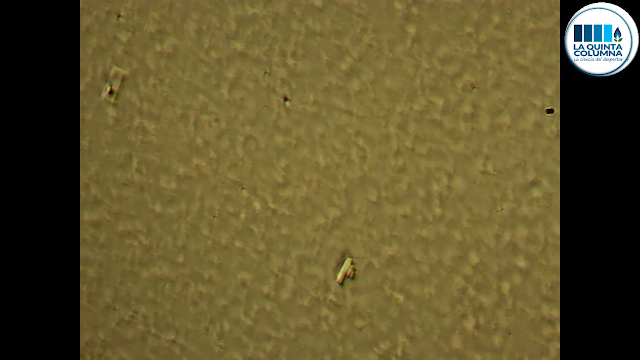
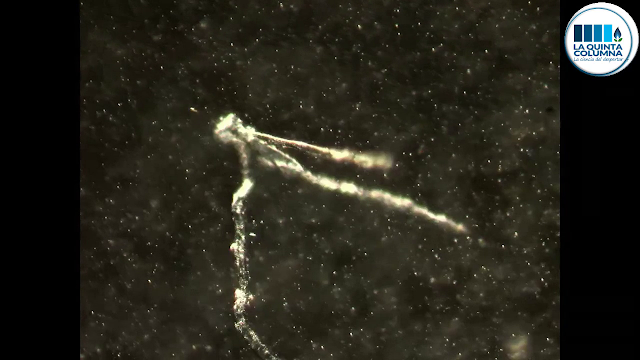
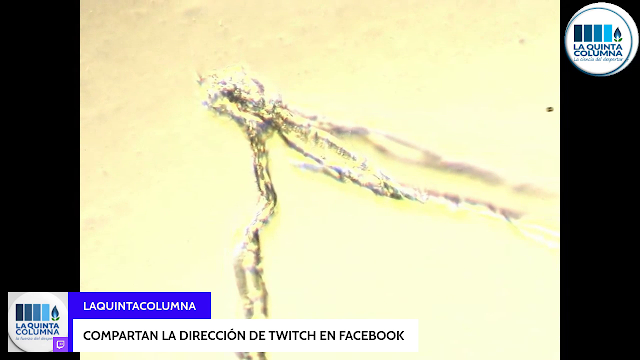
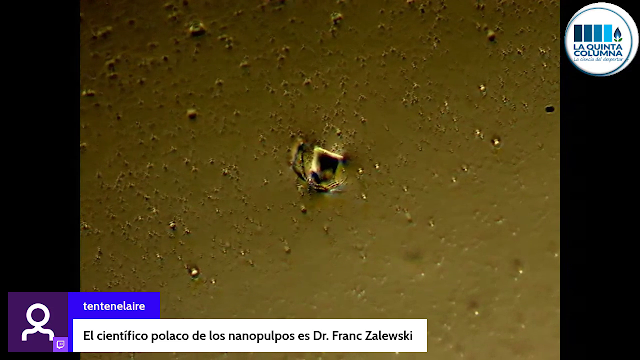





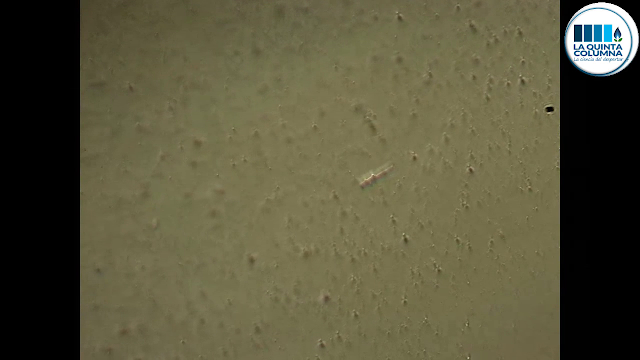
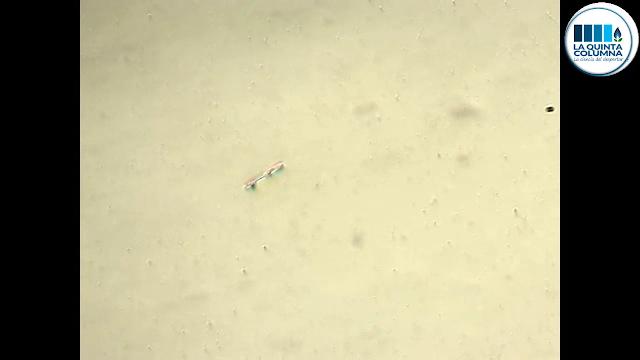
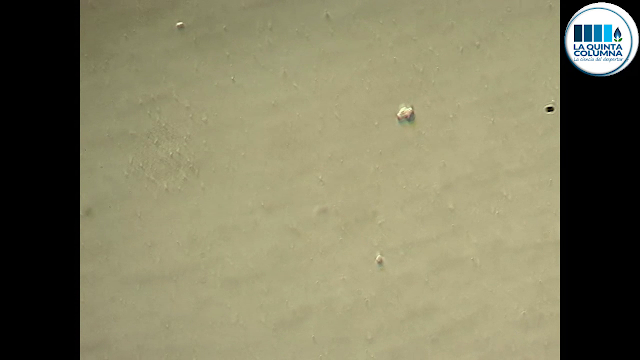
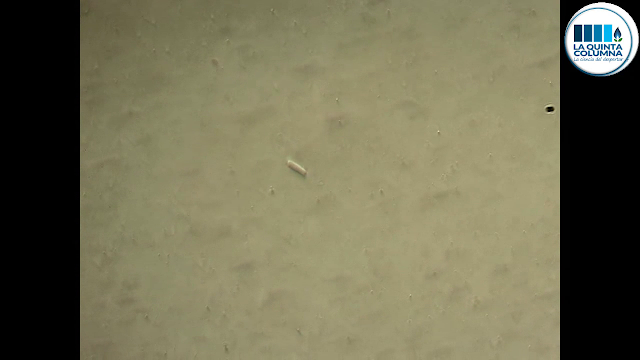
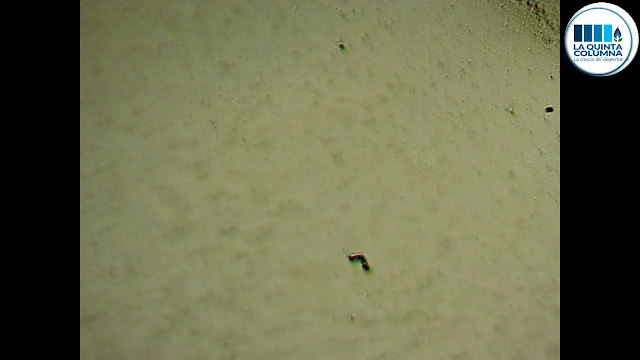


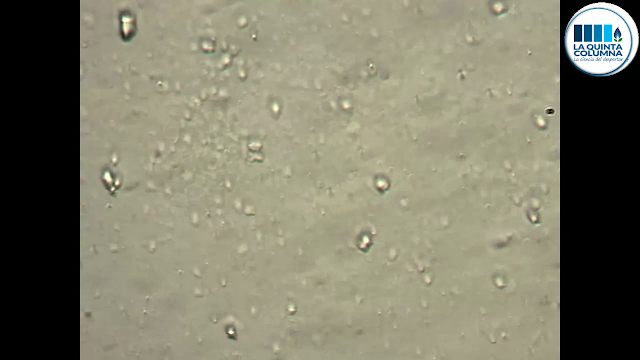
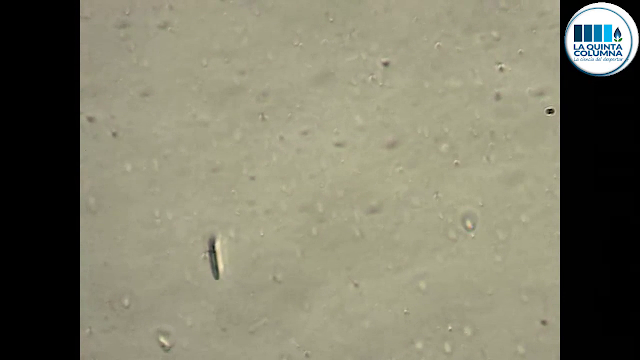

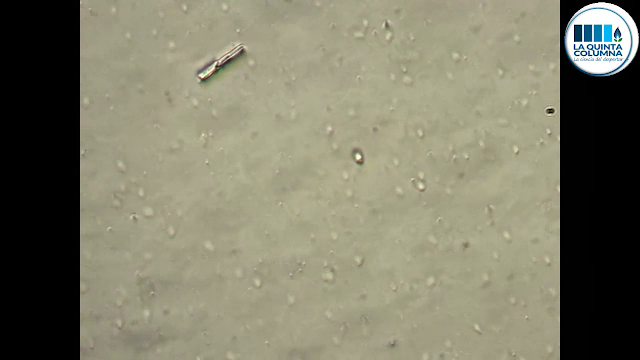




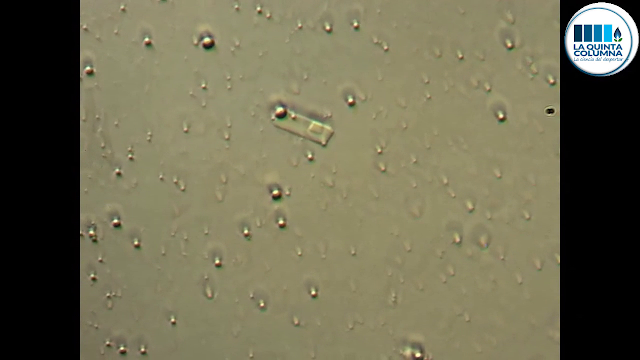

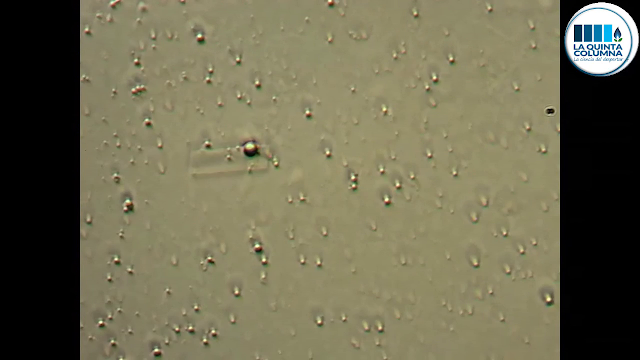
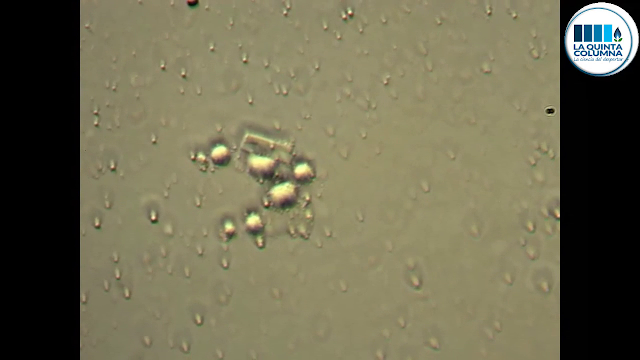



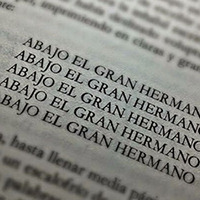


















0 comments